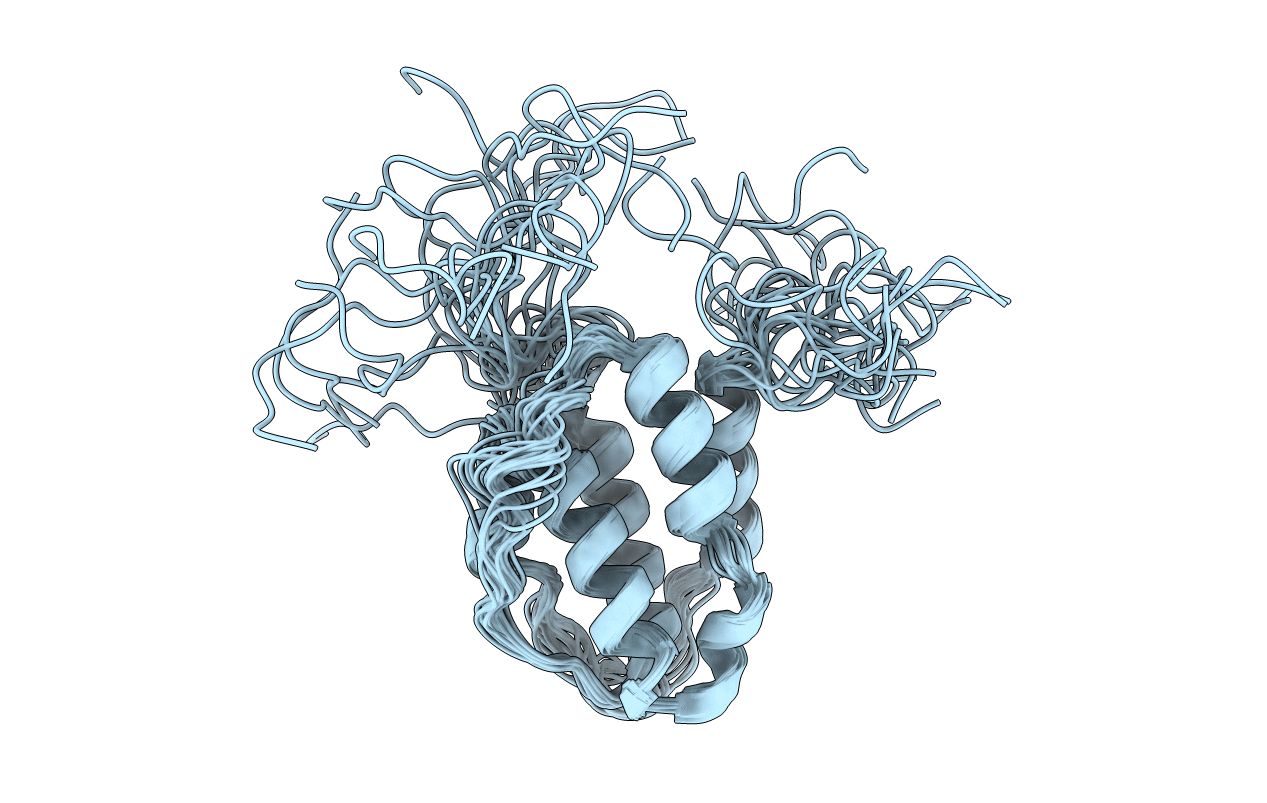
Deposition Date
2010-09-20
Release Date
2011-08-10
Last Version Date
2024-10-30
Method Details:
Experimental Method:
Conformers Calculated:
200
Conformers Submitted:
20
Selection Criteria:
on the basis of stereochemistry and energy considerations


